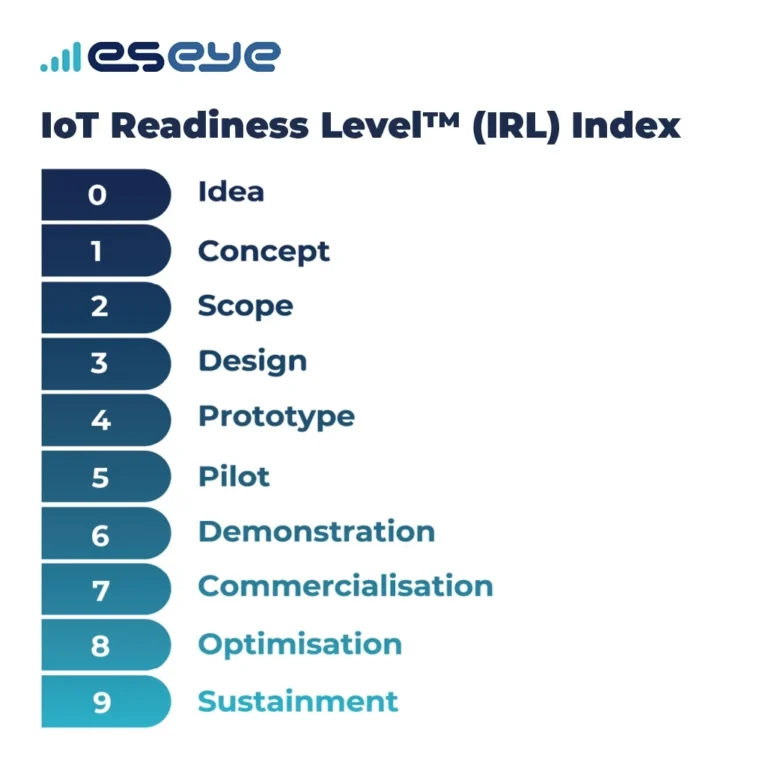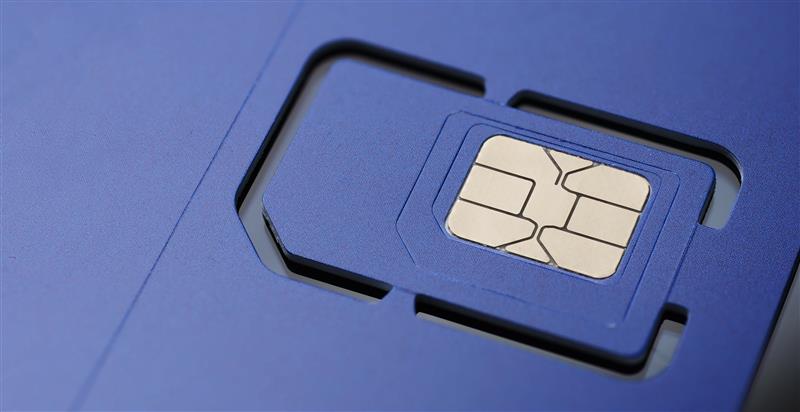Recently I had the pleasure of being a guest on the Conversational Geek Podcast and chatting to Nick Cavalancia, the four-time Microsoft MVP, CEO, and host of the hit tech show. We covered a range of topics, from the state of IoT today and its supercharged future to the dangers and challenges involved when deploying an IoT device. To find out the answers and more, stick around and read this blog with our conversation highlights.
What does IoT look like today?
The proliferation of IoT devices in recent years is unprecedented, with an estimated count of seven billion connected devices currently in operation. With the introduction of 5G technology, transmitting data from sensors and remote devices to their parent organizations is set to become more efficient and rapid. As a result, it is predicted that the number of IoT devices will exponentially rise to over 25 billion by 2030.
The smart home
Connected devices, to me are non-human devices. So, obviously from a consumer perspective, we have our iPhones, we have got all our screens, but think wider to all the devices that are now connected to add value. The easiest place to see that and the place where it is getting the most traction is in the digital home. Consider your own home, you have smart lighting, smart plugs, and lots of other connected gadgets which make up the digital home ecosystems. Alexa, Google Home, Apple HomeKit are all synonymous with the modern smart home It is the ability to go to your personal assistant and say, “Turn on the lights”, or have some kind of automation like a Ring doorbell. Home energy management is really taking off, especially as we start to see a rise in domestic EV chargers and solar panels too.

Enterprise IoT
IoT is really starting to take off with the enterprise. There is a whole bunch of applications that are delivering real business value. Take connected mines, where you have got sensors, vibration sensors, or even video and computer vision applications that are looking at doing predictive maintenance on a shovel, or tractor tires, which can cost two or $300,000.
Enterprises are leveraging IoT for manufacturing, asset tracking, remote patient monitoring and more. So, we are beginning to get all these enterprise-oriented use cases that have proven very difficult to deliver to-date, but we are starting to get to where the economics and the price points of the devices of connectivity are now very attractive that you can get to a pro-positive business case. We have hit an inflection point for IoT adoption. It started in the digital home but is now gaining traction in the enterprise as well.
If you want to hear more about this IoT prediction, take a look at Eseye’s 2023 IoT Predictions report, which I co-authored with Eseye CEO Nick Earle.
Is the market bigger in business or consumer?
If you look at IoT, it is dominated by the consumer markets. The digital home, wearables, and stuff like that. Ultimately, the enterprises have been working with IoT for a while, but they’ve been struggling due to some of the challenges. The market opportunity is larger on the enterprise side, when you start to look at everything from manufacturing, warehousing, distribution, all the different use cases, the connected mine. So, there is a lot more promise on the enterprise side, but the reality is the consumer market’s ahead of the game right now. The enterprises have truly struggled to build, deploy, and operationalize these things at scale.
If you’d like to listen back to this episode of Conversational Geek, check out the episode here.

What challenges does IoT face?
Gartner has two of my favourite industry quotes. One of them is, “By 2025, 75% of all data will not only be produced but processed outside the cloud.”
And then they have another stat, which is the most profound one I have come across in the industry: 80% of all IoT projects fail before they are in production.
Quite frankly an unbelievable number. And it is hard to believe when you hear it. It highlights how difficult these applications are to build and to operationalize. At Eseye, many of our customers approach us after failed IoT projects. Take our global customer, Gilbarco Veeder-Root, who makes fuel pumps at gas stations. They came to us after they tried to build a gateway for their connected forecourt using a Raspberry Pi.
So, we do see quite a bit of challenge there. In fact, recently we announced our IoT Readiness Level (IRL) Index, which really helps customers determine if they are ready to successfully launch a project. We use it to basically identify what they need to do to make the program a success. At Eseye, we are on a mission to change the script. We are doing everything we can to lower that Gartner number and foster IoT success.

Maya Angelou famously said, “You can’t really know where you’re going until you know where you have been.” This is especially true when it comes to IoT.
Our IRL helps to measure IoT maturity and operational readiness. It harks back to the famous NASA Technology Readiness Level, which is considered the gold standard. We objectively assess the IoT initiative with a set of detailed metrics to provide customers with a rating on a 0 to 9 scale. Once you have your score, we work on how to get you where you need to be with a custom roadmap and IoT LaunchPad™ programme tailored to your project goals and timeframes.
Don’t be one of the 80%
Find out more about our IoT Readiness Index today.
Nick is the Executive Chairman at Eseye and believes in connectivity that ‘just works’; that makes people’s lives and jobs easier; connectivity that’s invisible. He’s a visionary business leader with a distinguished career in technology spanning more than 30 years, spanning large corporations and dynamic start-ups and oscillating between start-ups and global IT, tech and transportation companies.
Previously, Nick led organisations and cross-company transformation programs for two $50B global corporations; Cisco where he ran the Cloud and Managed Services business as well as their Worldwide Field Services function, and Hewlett Packard where he ran the global Enterprise Marketing function and the internet transformation strategy.
In this article

